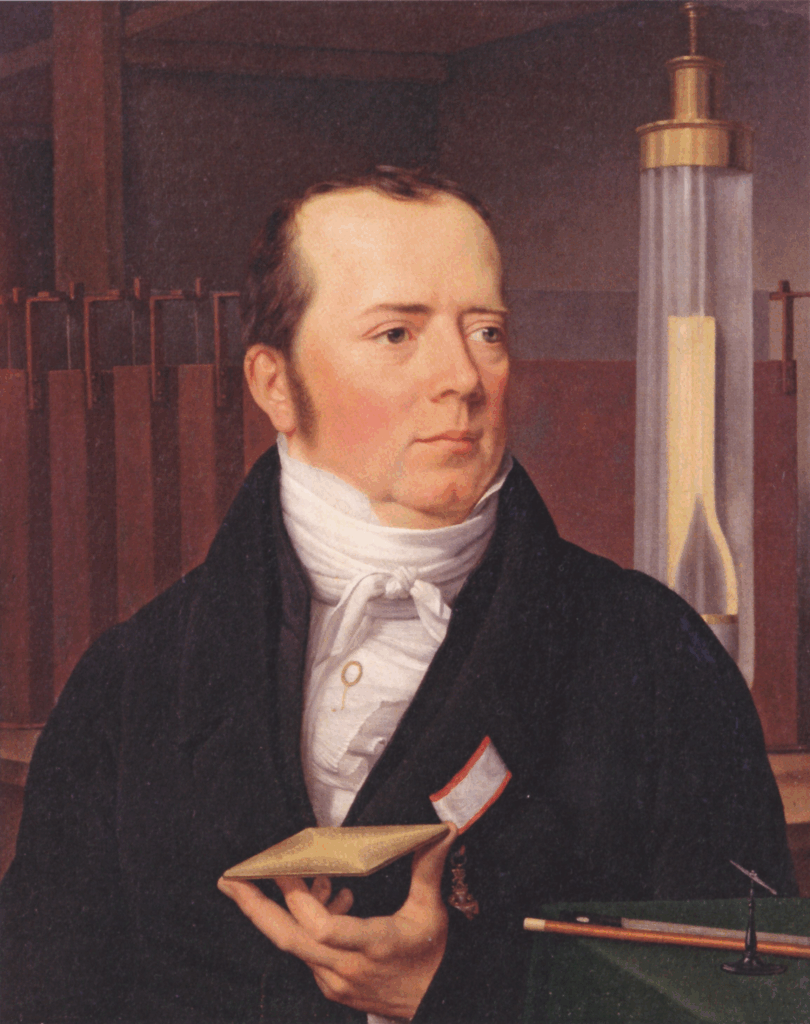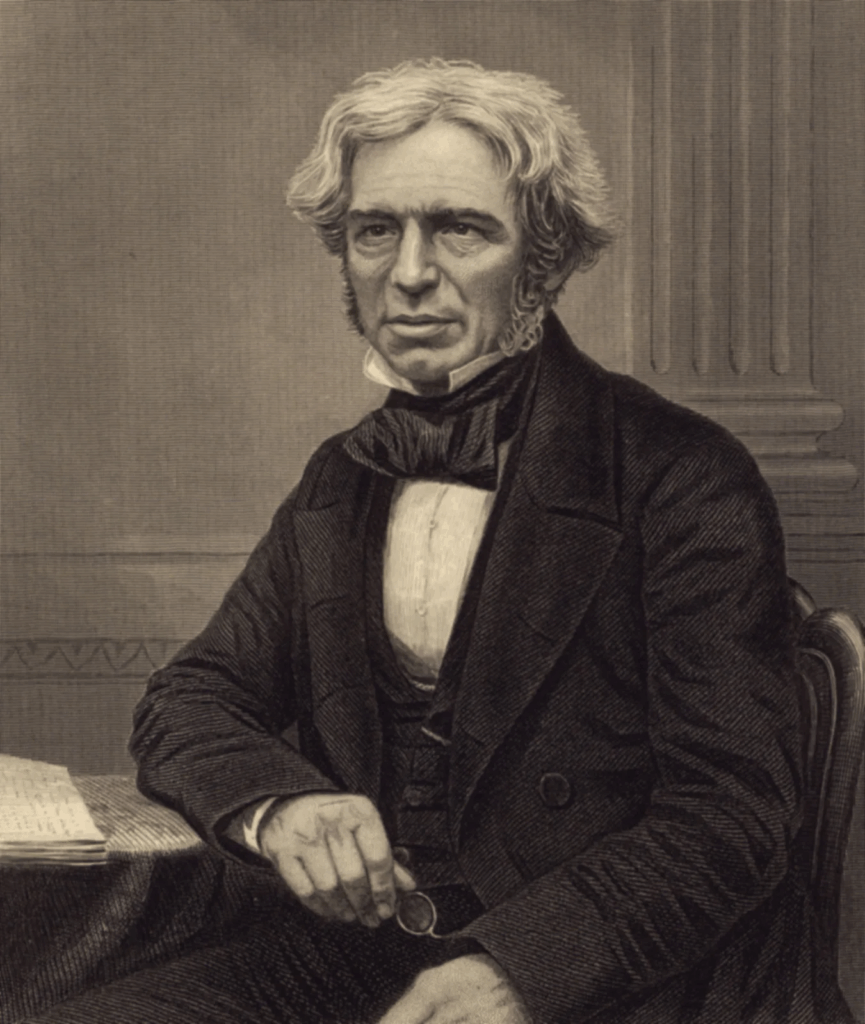

The Tiny World of Nanomagnetics
Now that we understand what magnetism is, let’s zoom in way in. Nanomagnetics is the study of magnets so small that you need powerful microscopes to see them. These magnets are made of particles only a few billionths of a meter wide.
Even though they’re tiny, they can do some incredible things. Scientists use nanomagnetics to:
- Store huge amounts of data in computers and hard drives.
- Help doctors target medicine directly to sick cells in the body.
- Create faster, smaller, and smarter electronic devices.
Working with magnets at such a small scale helps us understand how materials behave at the atomic level. It also opens new doors for inventions we haven’t even imagined yet. The world of nanomagnetics shows that big discoveries can come from the tiniest places.










